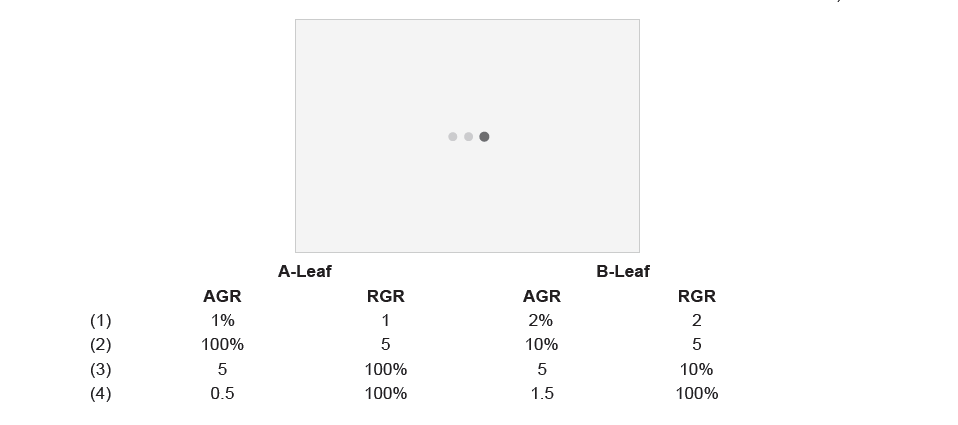How is annual average growth rate calculated?
To calculate the annual average growth rate (AAGR), follow these steps:
1. Understand the Formula: The formula for calculating the annual average growth rate (AAGR) is given by:
AAGR=NT
where:
- AAGR = Annual Average Growth Rate
- N = Change in population (the difference between the population at the end of the period and the population at the beginning of the period)
- T = Time period (in years) over which the change is measured.
2. Determine the Change in Population (N):
- Identify the initial population at the beginning of the time period.
- Identify the final population at the end of the time period.
- Calculate the change in population using the formula:
N=Final Population−Initial Population
3. Identify the Time Period (T):
- Determine the number of years over which the population change occurred. This is your time period T.
4. Substitute Values into the Formula:
- Once you have N and T, substitute these values into the AAGR formula:
AAGR=NT
5. Calculate the AAGR:
- Perform the division to find the annual average growth rate.
Example:
- If the initial population was 1000 and the final population after 5 years was 1200, then:
- N=1200−1000=200
- T=5
- Substitute into the formula:
AAGR=2005=40
- Thus, the annual average growth rate is 40 individuals per year.
AAGR=NT
where:
- AAGR = Annual Average Growth Rate
- N = Change in population (the difference between the population at the end of the period and the population at the beginning of the period)
- T = Time period (in years) over which the change is measured.
- Identify the initial population at the beginning of the time period.
- Identify the final population at the end of the time period.
- Calculate the change in population using the formula:
N=Final Population−Initial Population
- Determine the number of years over which the population change occurred. This is your time period T.
- Once you have N and T, substitute these values into the AAGR formula:
AAGR=NT
- Perform the division to find the annual average growth rate.
- If the initial population was 1000 and the final population after 5 years was 1200, then:
- N=1200−1000=200
- T=5
- Substitute into the formula:
AAGR=2005=40
- Thus, the annual average growth rate is 40 individuals per year.
Topper's Solved these Questions
- REPRODUCTIVE HEALTHBOOK - MBD -HARYANA BOARDCHAPTER - REPRODUCTIVE HEALTHEXERCISE - EXERCISE
48 Videos
- REPRODUCTION IN ORGANISMSBOOK - MBD -HARYANA BOARDCHAPTER - REPRODUCTION IN ORGANISMSEXERCISE - EXERCISE
47 Videos
- SEXUAL REPRODUCTION IN FLOWERING PLANTSBOOK - MBD -HARYANA BOARDCHAPTER - SEXUAL REPRODUCTION IN FLOWERING PLANTSEXERCISE - EXERCISE
52 Videos
Similar Questions
Knowledge Check
Consider the following statements :
(1) LPG model of Indian Economy was fully implemented in Eighth Five Year plan.
(2) The Eighth plan envisaged an annual average growth rate of 5.6% but real growth rate was 6.8%.
Which of the statements given above is/are correct?Aonly 1Bonly 2CBoth 1 and 2DNeither 1 nor 2Growth rate means:
Aincreased growth per unit areaBincreased growth per unit timeCincreased growth in total length.Dincreased growth in total girthIn animals , growth rate is
AUniformBLinearCDifferentialDSlow
Why is the average annual growth rate of population less in 1951 as compared to 1941?
View SolutionThe population of a village is 20000. If the annual birth rate is 4% and the annual death rate 2%, calculate the population after two years.
View SolutionHow is the actual growth of population calculated?
View SolutionIn the leaf A and B what is the value of AGR (average growth rate) and RGR (relative growth rate)

View SolutionAs per the World Development Indicators of world Bank. In which one among the following South Asian countries is the average annual growth rate of population during 2002-2015 expected to be the highest ?
View Solution
